Research, strategy and design.


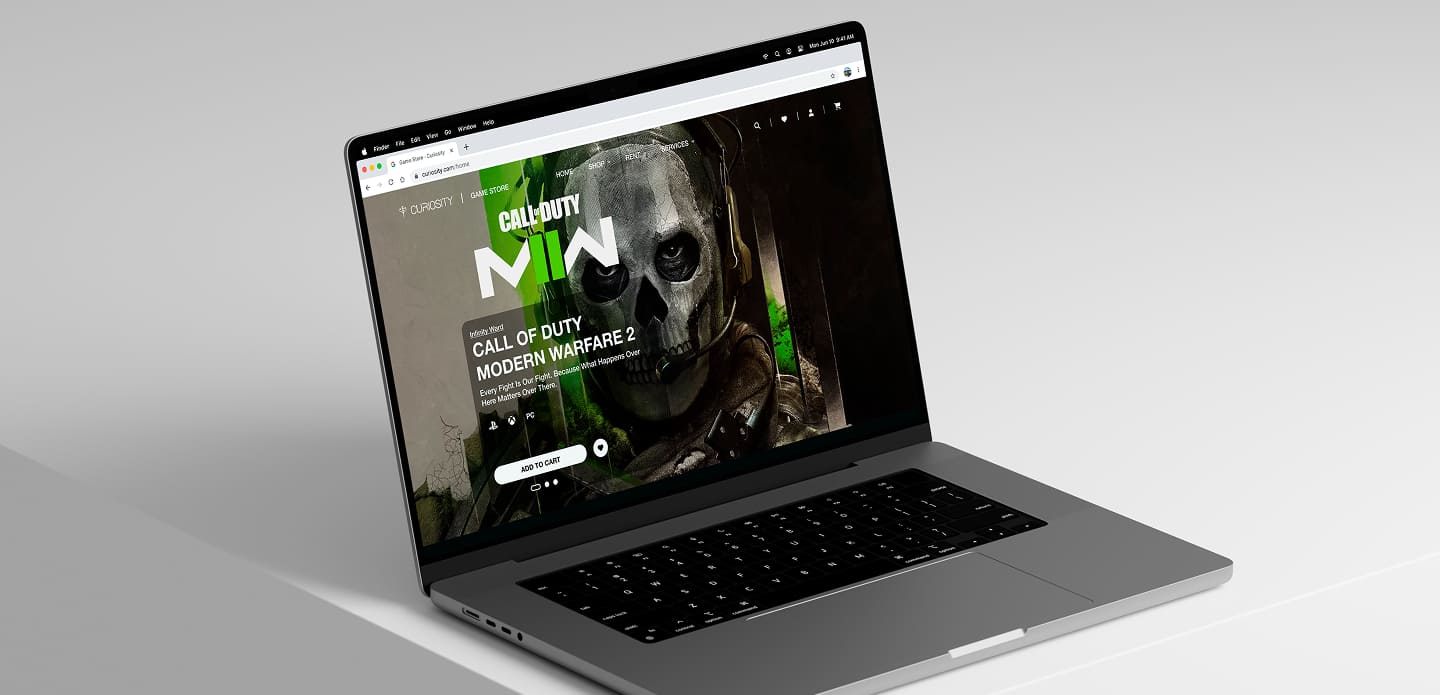

In winter of 2004, twelve-years-old me was on a mission: to find just released Half Life 2 CD for my PC. A game whispered about in the schoolyard like a secret treasure. Back then, finding a new video game wasn’t as simple as scrolling through an online store.
My first stop was the local electronics store where a grizzled salesman with a mullet shook his head - “Sold out”.
Next stop - biggest video game store in city. Spending time digging shelf rows with CDs - no luck.
Exhausted but not beaten, I made my way to flea market. My heart leapt when I spotted the worn label of Half Life 2 poster. I bargain a bit with an old salesman, spend all my pocket money and got Holy Grail of video gaming.
After whole day of searching and running from one store to another I spend evening diving into a fantastic world of theoretical physics.
Platform:
Web (Mobile + Desktop)
Deliverables
Research, UI, UX, Strategy

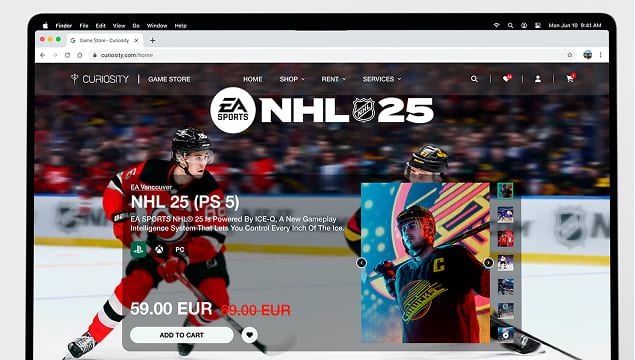
Complex Navigation:
Organising a large catalog of games with filters for genre, platform, ratings, and more, while ensuring easy navigation.
Trust and Security:
Building user trust through secure payment options and a professional, trustworthy interface.
Retention and Engagement:
Encouraging users to return through engaging design, personalisation, and gamification features.
To create an intuitive, visually appealing, and conversion-focused e-commerce platform for an online video game store that enhances the user experience, simplifies the purchasing process, and drives customer engagement.
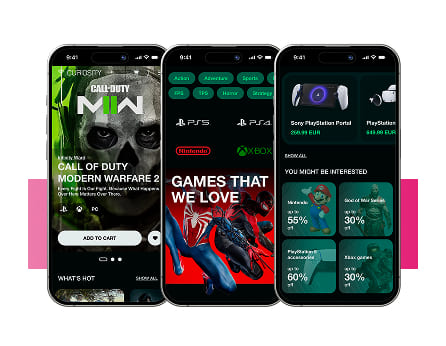
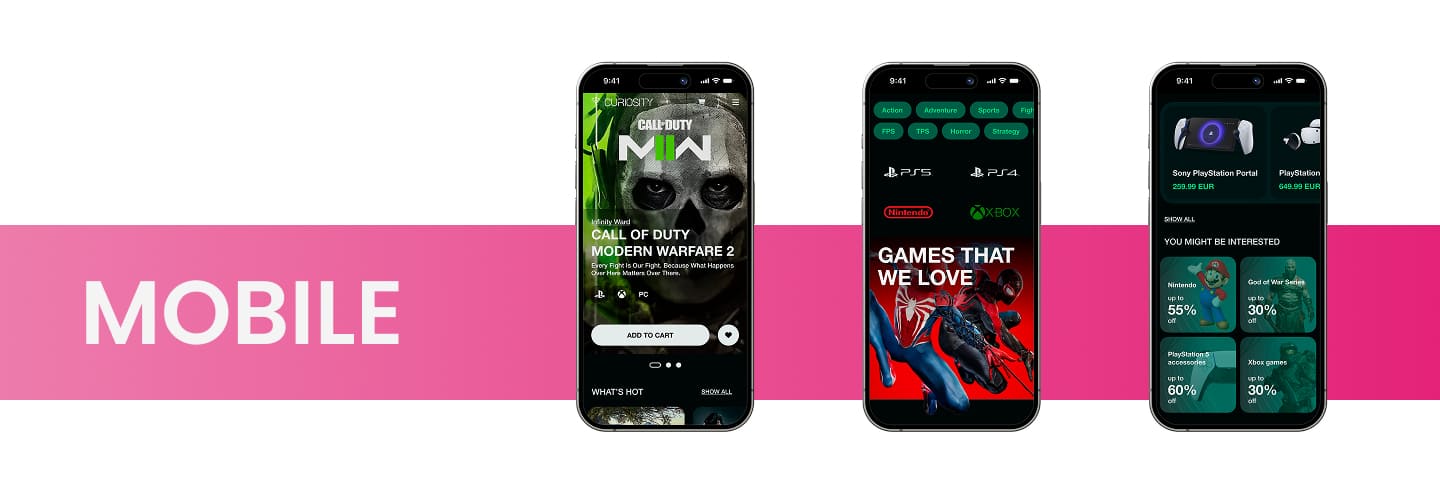
Develop a user-centered design that incorporates clear navigation, appealing visuals, seamless checkout, and personalized recommendations. Emphasize a responsive, mobile-first approach to ensure accessibility across all devices.
User Research
Conduct surveys and interviews to understand user needs, preferences, and pain points.Create user personas representing casual and hardcore gamers.
Competitive Analysis
Analyze successful e-commerce video game stores to identify best practices and unique opportunities.
Wireframing and Prototyping
Develop low-fidelity wireframes to outline structure and layout.Build interactive prototypes to test user flows and gather feedback early in the design process.
Information Architecture
Implement a clear categorization system for games, with advanced filtering and search capabilities.Design intuitive navigation menus and breadcrumb trails.
Visual Design
Use high-quality game imagery, dynamic visuals, and bold typography to engage users.Incorporate a dark mode option to enhance user comfort and align with gaming aesthetics.
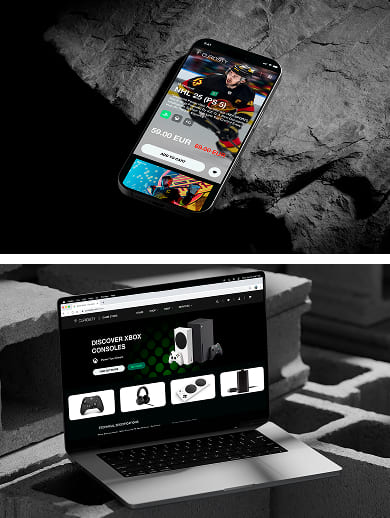

Phase Includes such processes as onboarding, research, interviewing, reporting, A/B testing and more.
The UX/UI design process is a systematic approach to creating digital products that offer seamless, intuitive, and visually engaging user experiences. It ensures that the product not only looks good but also meets user needs and business goals. The process typically includes the following stages:
Starting from an idea, the most complex and crucial phase, where we define the challenge and transform sketches and wireframes into stunning beauty.
The UX/UI design process is a systematic approach to creating digital products that offer seamless, intuitive, and visually engaging user experiences. It ensures that the product not only looks good but also meets user needs and business goals. The process typically includes the following stages:
In this phase, beautiful images become a reality, integrating into a functional and operational mechanism.
The UX/UI design process is a systematic approach to creating digital products that offer seamless, intuitive, and visually engaging user experiences. It ensures that the product not only looks good but also meets user needs and business goals. The process typically includes the following stages:
We need to make sure that everything we've achieved is working properly as it's meant to be.
The UX/UI design process is a systematic approach to creating digital products that offer seamless, intuitive, and visually engaging user experiences. It ensures that the product not only looks good but also meets user needs and business goals. The process typically includes the following stages:
In this phase, beautiful images become a reality, integrating into a functional and operational mechanism.
The UX/UI design process is a systematic approach to creating digital products that offer seamless, intuitive, and visually engaging user experiences. It ensures that the product not only looks good but also meets user needs and business goals. The process typically includes the following stages:
Monitor performance, fix bugs, update content, improve SEO, ensure security, and gather user feedback for ongoing optimization.
The UX/UI design process is a systematic approach to creating digital products that offer seamless, intuitive, and visually engaging user experiences. It ensures that the product not only looks good but also meets user needs and business goals. The process typically includes the following stages:
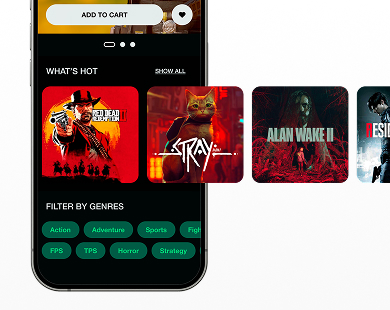
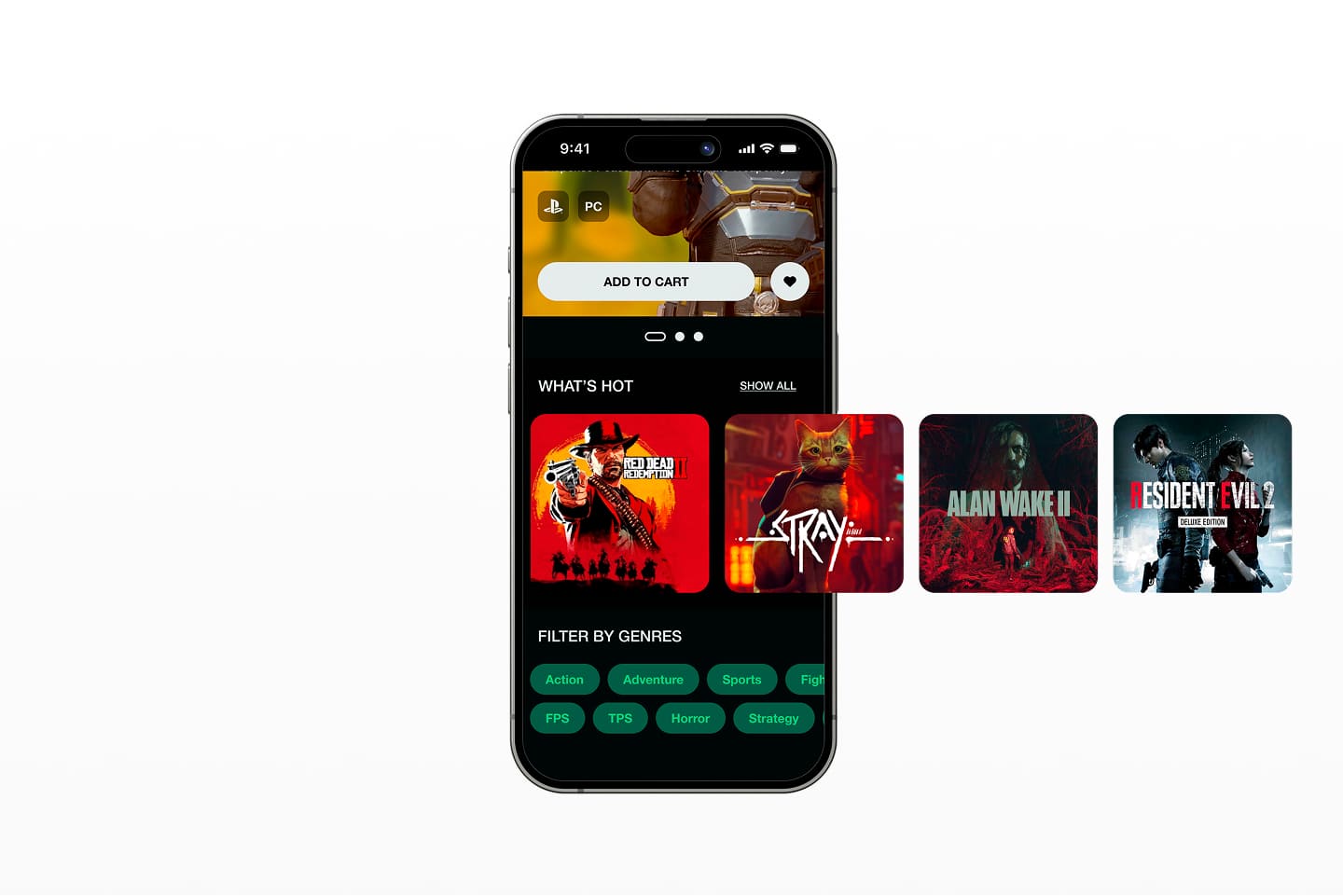
A high-converting website is designed to enhance user experience, engage visitors, and drive sales. With intuitive navigation, compelling content, and a seamless interface, it keeps users engaged and encourages action. Optimized for speed, mobile responsiveness, and SEO, it attracts organic traffic while ensuring a smooth browsing experience.
Improved User Experience (UX)
Easier navigation, faster game discovery, and streamlined checkout processes.
Reduced frustration for users, leading to higher satisfaction and engagement.
Enhanced Brand Image
A modern, visually appealing design reinforces trust and professionalism, attracting more customers.
Higher Retention and Customer Loyalty
Personalized recommendations, gamification, and a smooth user experience encourage repeat visits and purchases.
Increased Conversion Rates
Clearer call-to-action buttons, simplified user flows, and optimized product pages can lead to more purchases.
Better Mobile Experience
A mobile-responsive design ensures seamless access across devices, capturing a larger audience.
Improved SEO and Traffic
A faster, better-optimized site can rank higher on search engines, increasing visibility and attracting more visitors.
Stronger Analytics and Insights
A redesigned site with better tracking capabilities provides clearer data on user behavior, enabling informed decisions for future improvements.
Increased Revenue
By boosting user trust, improving usability, and facilitating purchases, a redesign can directly drive higher sales and profits.
Send me your message and I will contact you back!